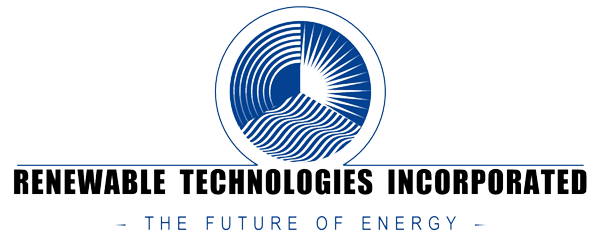As we stand on the threshold of 2024, businesses around the globe are increasingly turning towards sustainable solutions to power their operations. Among these, commercial solar stands out as a particularly attractive option. Today, we’ll dive into why investing in commercial solar is a brilliant strategy for your business, and the incentives available in 2024 that make it even more enticing.
First, investing in commercial solar is a surefire way to drastically reduce your energy costs. With the steady decline in solar panel prices and the increasing efficiency of solar technology, the cost of generating solar power has reached an all-time low. By switching to solar, businesses can lock in a fixed, low energy rate, providing protection against the rising costs of traditional energy resources.
Second, commercial solar investments offer impressive returns. According to the Solar Energy Industries Association (SEIA), the average commercial property owner can reduce their overall energy costs by 75% by switching to solar power. This translates to significant savings that go straight to your bottom line.
Furthermore, the environmental benefits of solar power are undeniable. By investing in commercial solar, businesses not only reduce their carbon footprint but also align themselves with the growing consumer preference for environmentally responsible companies. This can enhance your brand image, attract a loyal customer base, and even open up new market opportunities.
Now, let’s talk about the incentives that make 2024 a perfect time to go solar. The Federal Investment Tax Credit (ITC) is one of the most significant solar incentives available. While it was initially set to expire at the end of 2023, the government has extended it to 2024 due to its success in promoting solar adoption. This means businesses can deduct 30% of the cost of installing a solar energy system from their federal taxes.
Additionally, many states offer their own solar incentives. For example, the California Self-Generation Incentive Program (SGIP) offers rebates for businesses that install solar energy storage systems. Net metering policies are also common in many states, allowing businesses to earn credit for excess solar power that they feed back into the grid.
The Modified Accelerated Cost Recovery System (MACRS) allows businesses to recover investments in certain property through depreciation deductions. The MACRS is a method of depreciation in which a business’s investments in certain tangible property are recovered, for tax purposes, over a specified time period through annual deductions. Qualifying solar energy equipment is eligible for a cost recovery period of five years.

